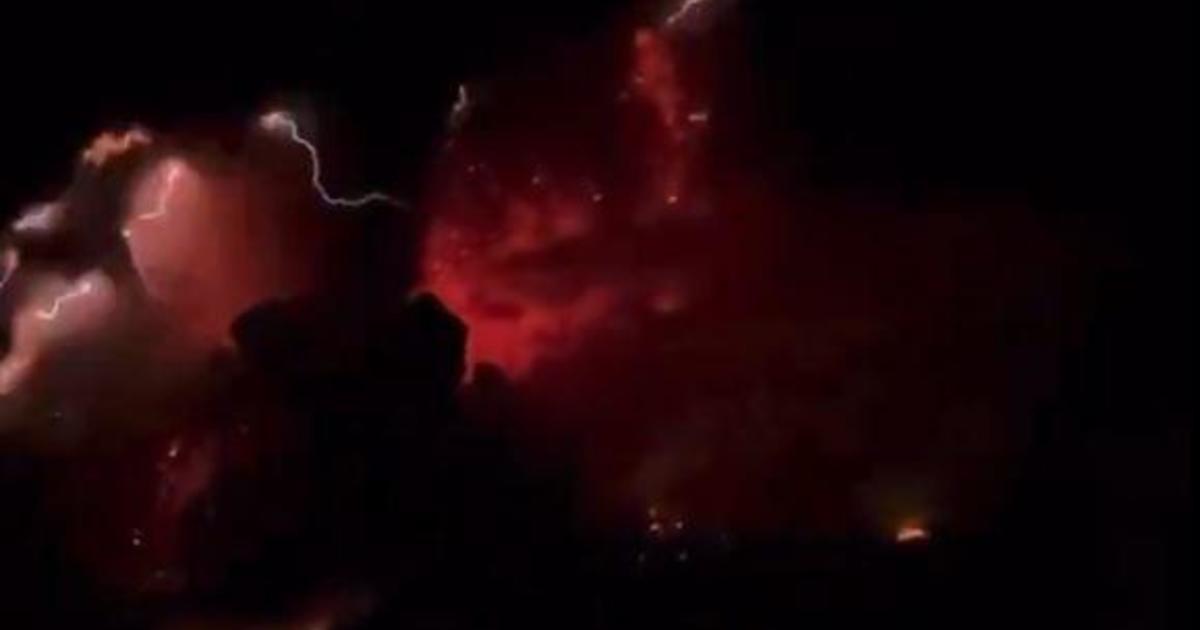Mount Ruang Volcano Eruption Update
Indonesia’s Mount Ruang volcano unleashed another round of hot clouds on Wednesday, following a previous eruption that led to the closure of schools and airports. The eruption, which occurred on Tuesday, showered villages with volcanic debris and prompted hundreds of evacuations.
Impact on Infrastructure
Seven airports, including the Sam Ratulangi international airport in Manado, North Sulawesi’s capital, remained shut after Tuesday’s eruption, marking the second such event in two weeks. Schools were closed to shield children from volcanic ash.
Location and Warnings
Situated on tiny Ruang Island within the Sitaro islands chain, the volcano poses significant risks. The Indonesian geological agency has advised people to maintain a distance of at least 4 miles from the volcano’s crater. Residents of nearby Tagulandang Island were warned about potential super-heated volcanic clouds from further eruptions and the risk of a tsunami should the volcano’s dome collapse into the sea.
Eruption Details
Tuesday’s eruption cast a dark veil over the sky and coated several villages with ash, grit, and rocks. Fortunately, there were no reported casualties. Dramatic video footage shared by the country’s disaster management agency showcased lightning strikes within the cloud of hot gases and debris emanating from the volcano’s crater overnight.
Evacuation Efforts
In response to the heightened danger, the agency spokesperson Abdul Muhari stated that 11,000 to 12,000 people residing within the 4-mile danger zone would be relocated to government shelters.
Ongoing Risk
Following the eruption on April 17, authorities had cautioned about the possibility of a subsequent eruption leading to a partial collapse of the volcano into the sea.
Indonesia’s Volcanic Landscape
Mount Ruang is one of approximately 130 active volcanoes in Indonesia. The country’s location along the Pacific “Ring of Fire,” characterized by a series of fault lines from the Americas to Southeast Asia, makes it susceptible to volcanic eruptions and earthquakes.















































